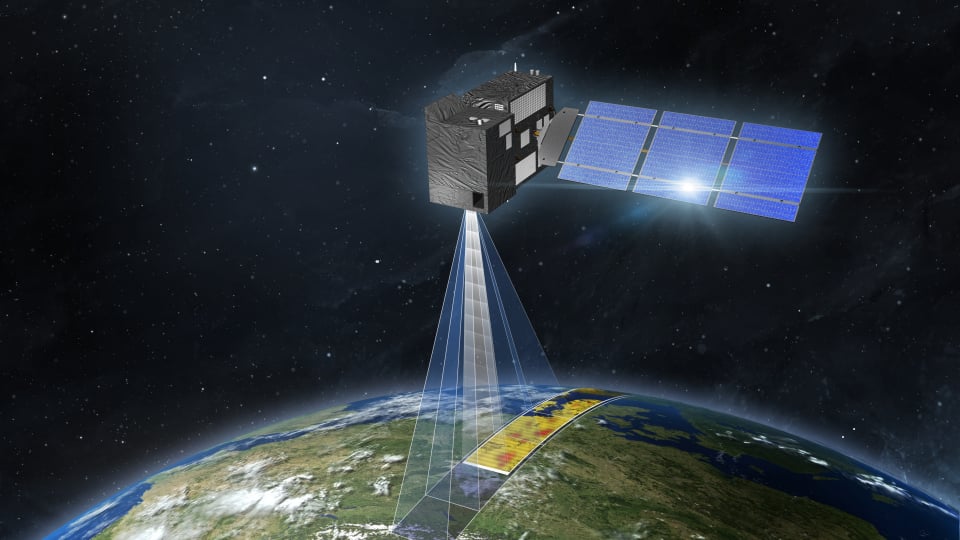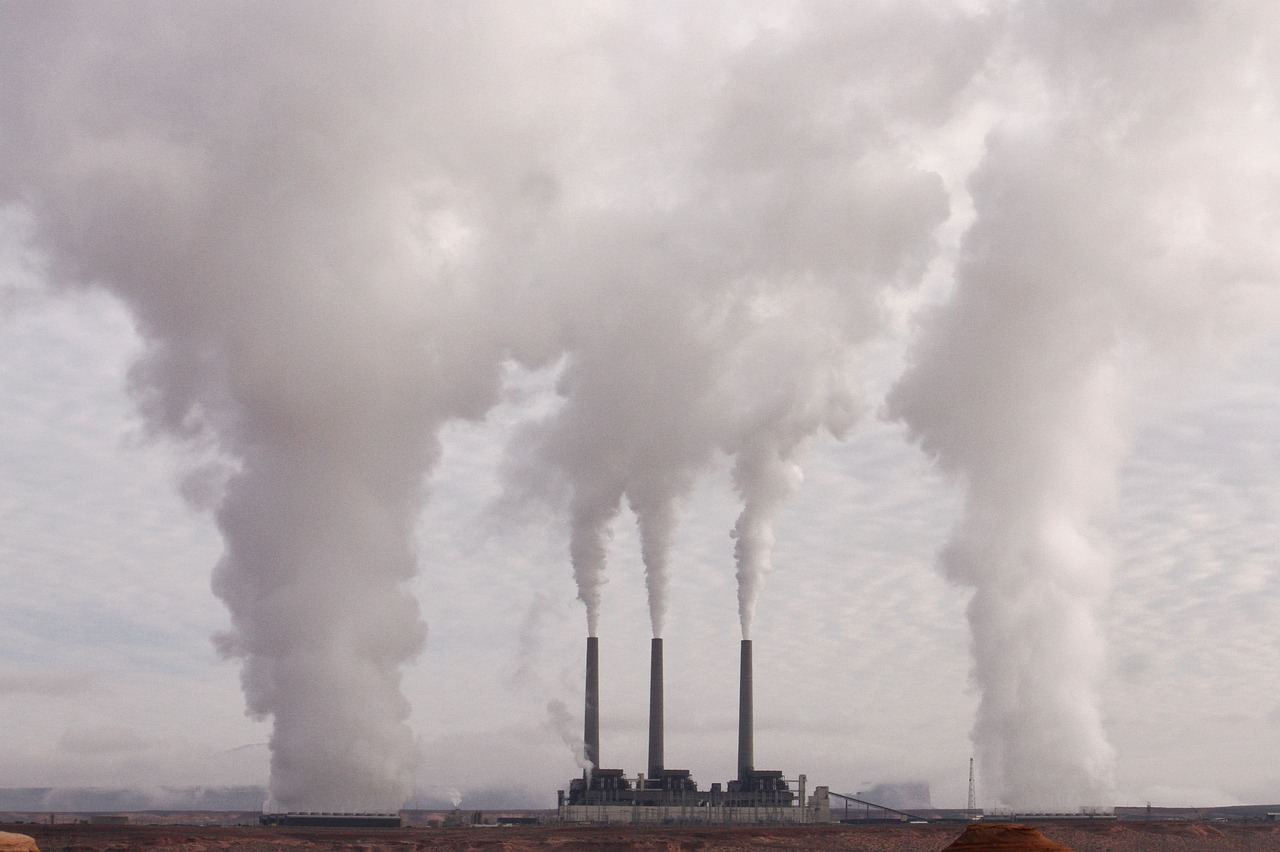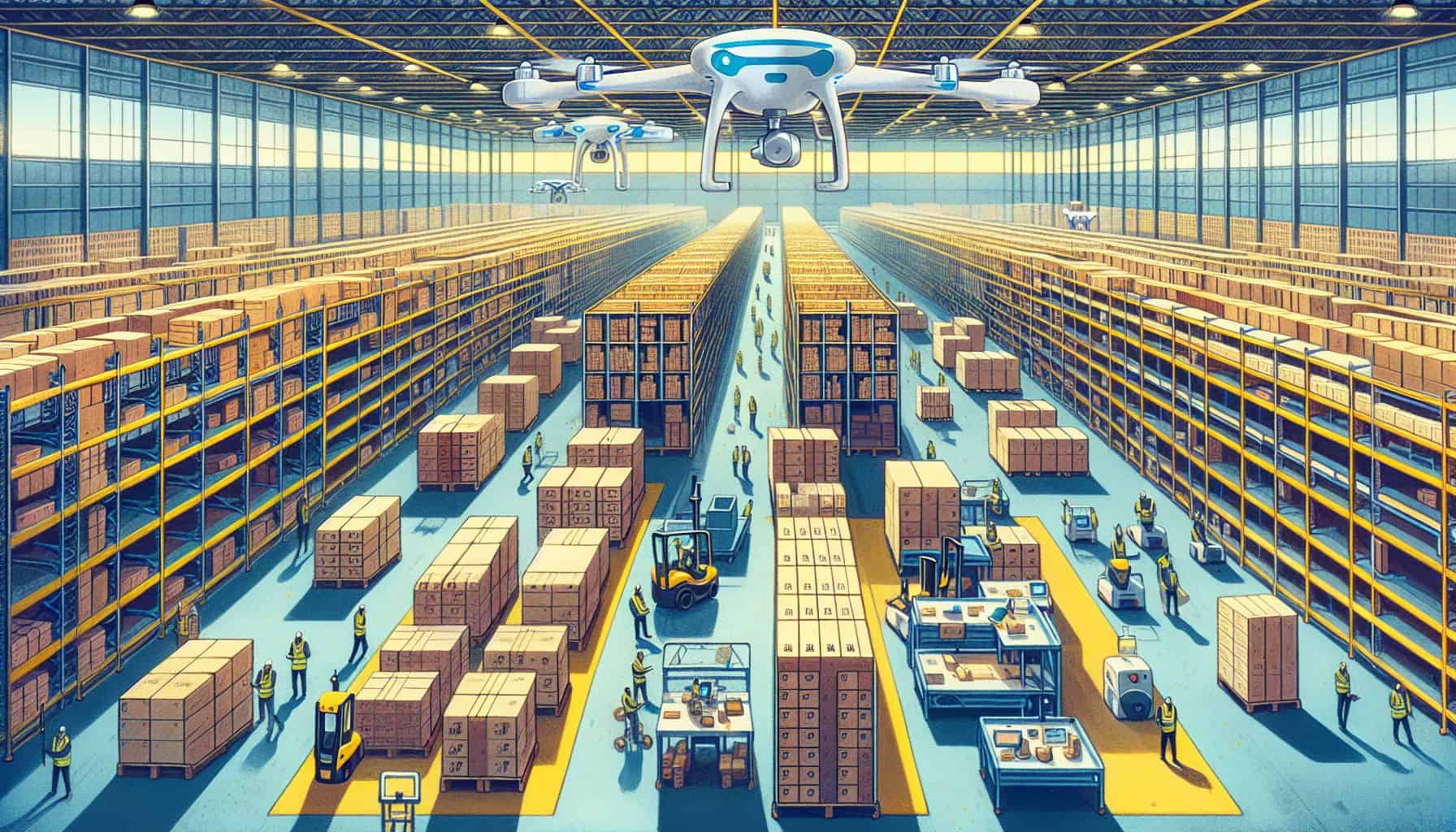
Researchers have developed a model that can calculate individual countries’ carbon dioxide emissions from fossil fuel burning using observations from space. The new results could be put to use within the Earth observation programme Copernicus, when satellites will be sent into space in the coming years, writes Lund University in a press release.
At the COP26 climate summit, the nations of the world agreed on a new document that for the first time mentions phasing out coal and fossil fuels, and reiterates the Paris Agreement’s 1.5-degree target. To reach this goal, a drastic reduction in emissions is required.
Today, individual states report their own carbon dioxide emissions based on activity data such as energy use. The accuracy of these estimates varies greatly depending on the quality of activity data, as well as the processes that have been taken into account. It is also not homogeneous around the globe and comes with quite some delay.
In the future, there are plans to establish a global system based on independent satellite measurements. In a new study published in the scientific journal Environmental Research Letters, researchers at Lund University, among others, have investigated the potential of the satellite-based measurements.
“As far as we know, this is the first study that shows that it is possible to verify emissions data on a national scale with global satellite monitoring”, says Marko Scholze, researcher in physical geography at Lund University.
Monitoring with new satellites
Satellite monitoring of carbon dioxide emissions will gain momentum as the EU, within its Copernicus Earth observation programme, launches several new satellites from 2025 and onwards. In the new study, the researchers examined how these measurements should best be made and used to obtain as reliable carbon dioxide emissions data as possible.
“We have developed a model that can be used to estimate anthropogenic emissions. The model is very comprehensive and takes into account all the known uncertainties that exist in satellite measurements”, says Marko Scholze.
The results mean that independent verification of individual countries’ carbon dioxide emissions is a realistic option. By studying atmospheric data from satellite measurements, it will be possible to examine and assess the effectiveness of the carbon dioxide reduction measures taken by the signatories of the Paris Agreement.
“The main cause of global warming is anthropogenic emissions of carbon dioxide into the atmosphere. It is of utmost importance to monitor these, and we hope that our study is a piece of the puzzle that can help us to achieve that”, concludes Marko Scholze.
Also interesting: Cultured meat inventor Mark Post: ‘Less pollutants in livestock farming without having to go fully vegetarian’
Selected for you!
Innovation Origins is the European platform for innovation news. In addition to the many reports from our own editors in 15 European countries, we select the most important press releases from reliable sources. This way you can stay up to date on what is happening in the world of innovation. Are you or do you know an organization that should not be missing from our list of selected sources? Then report to our editorial team.






